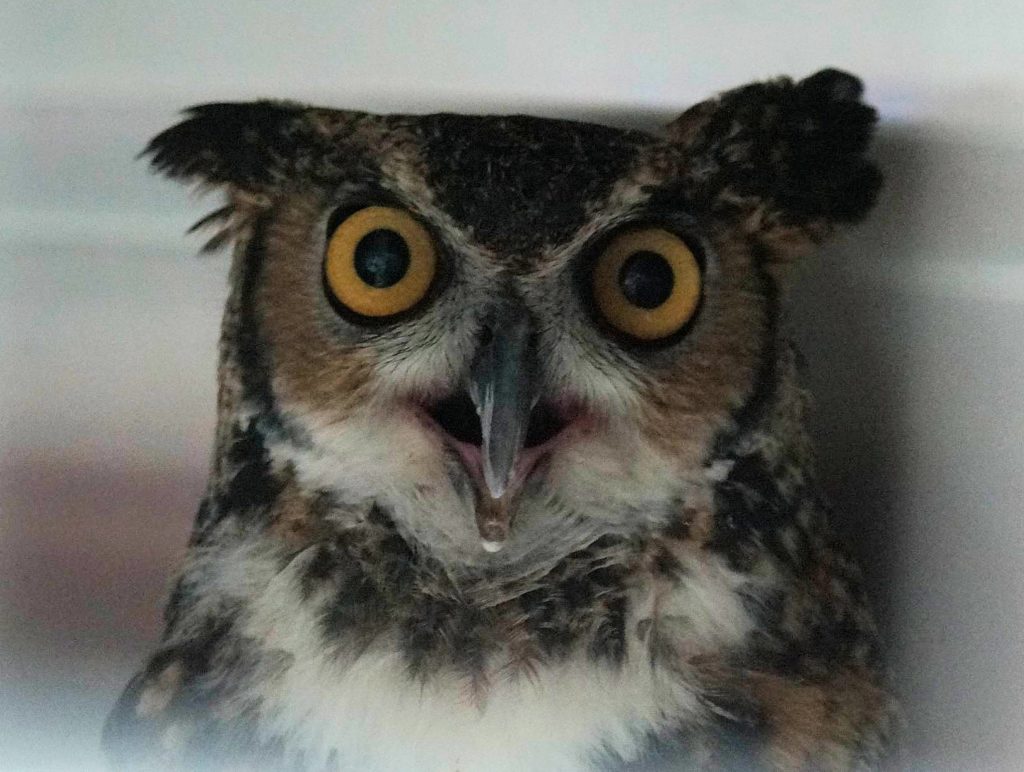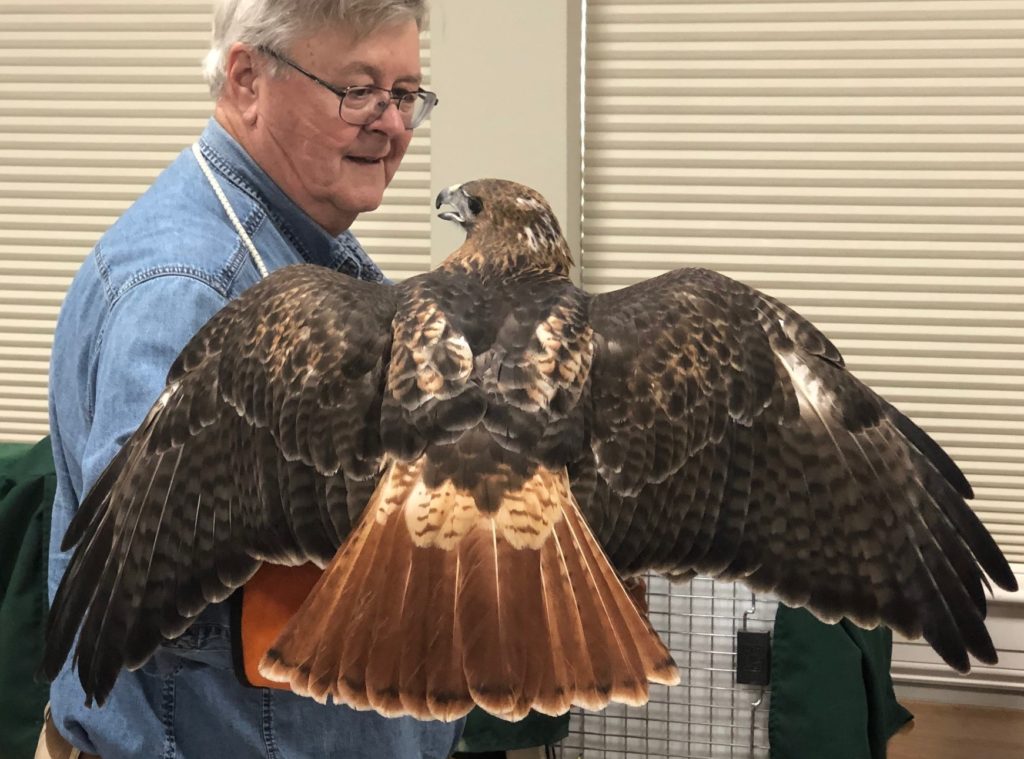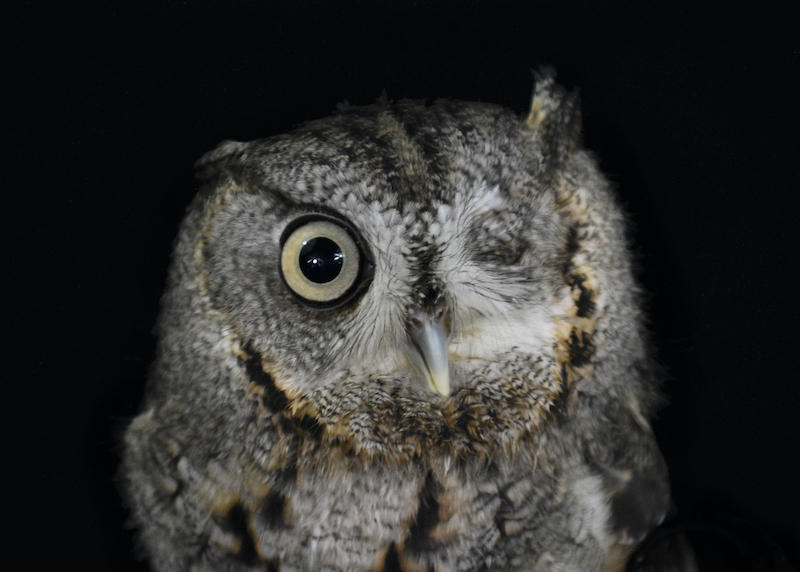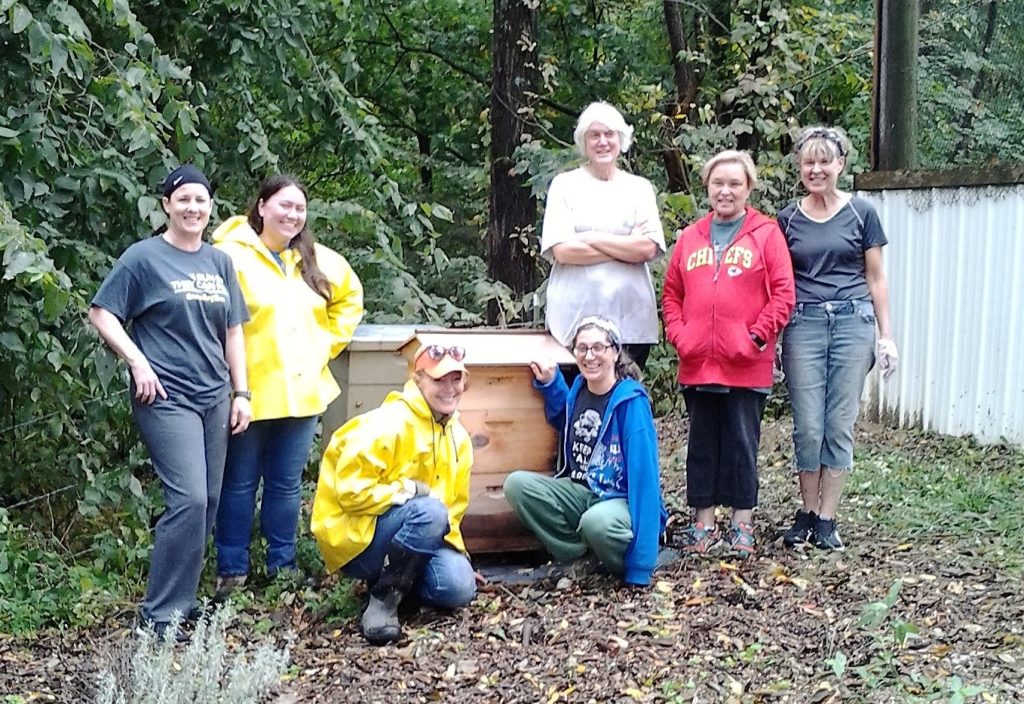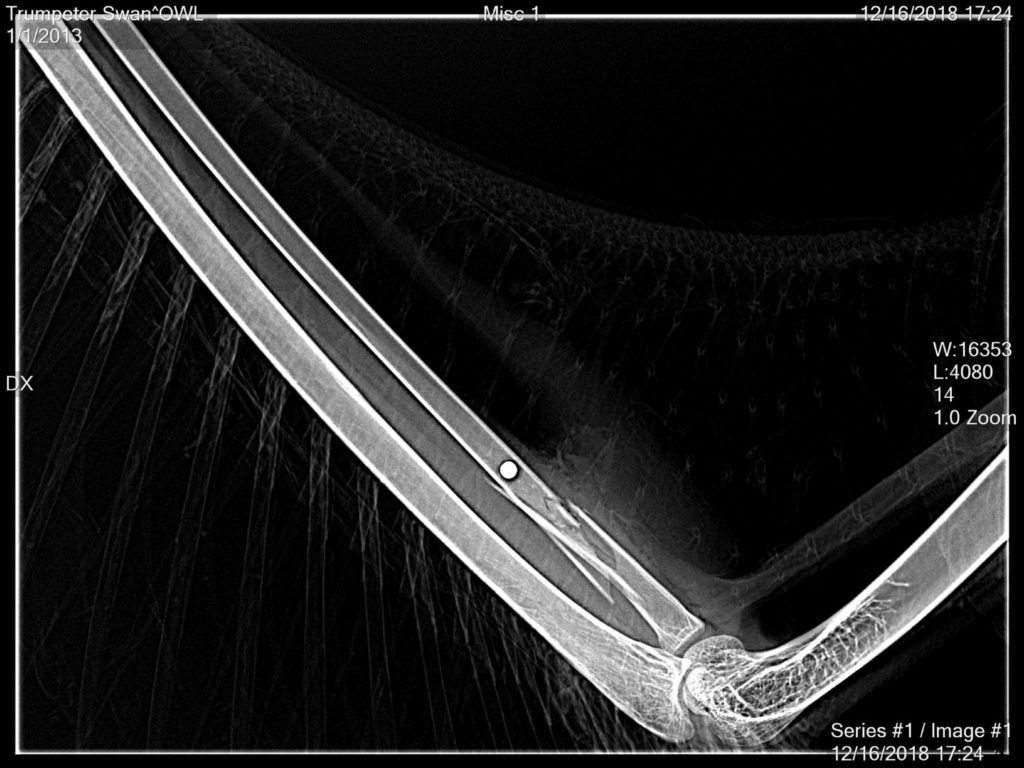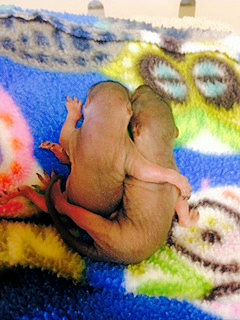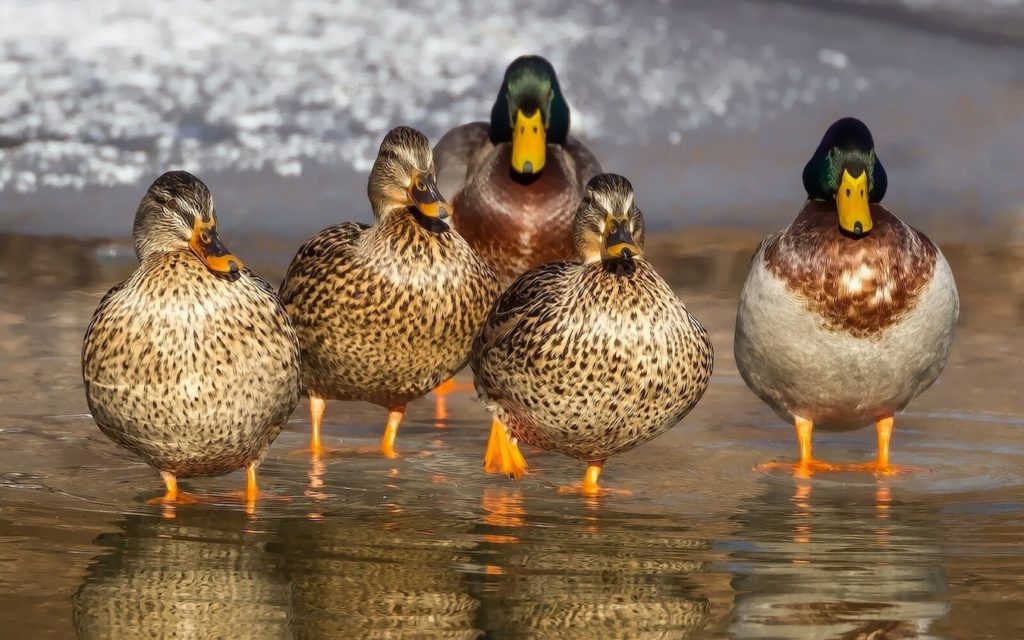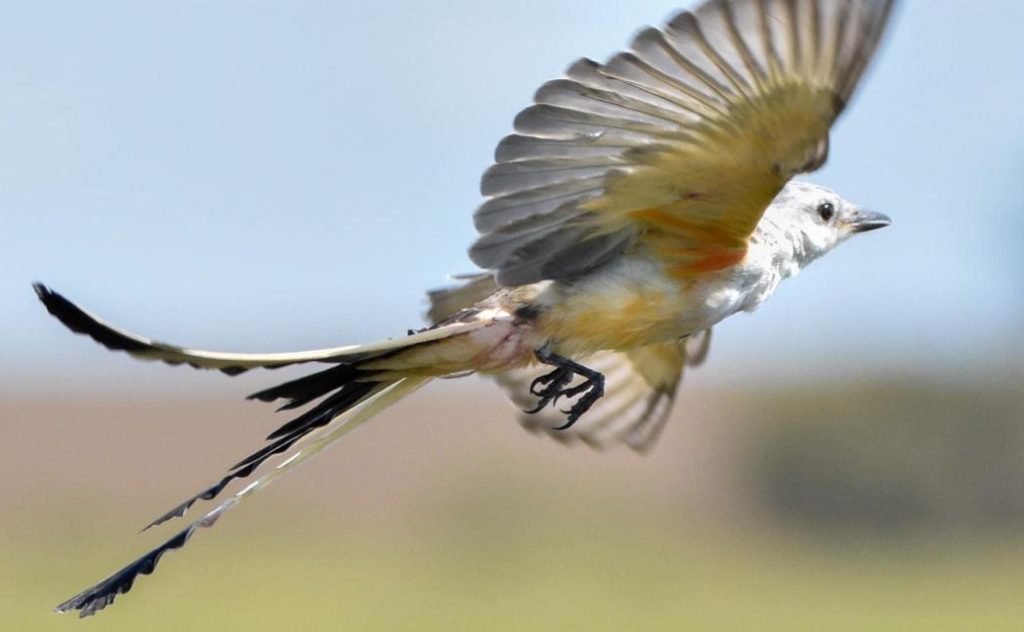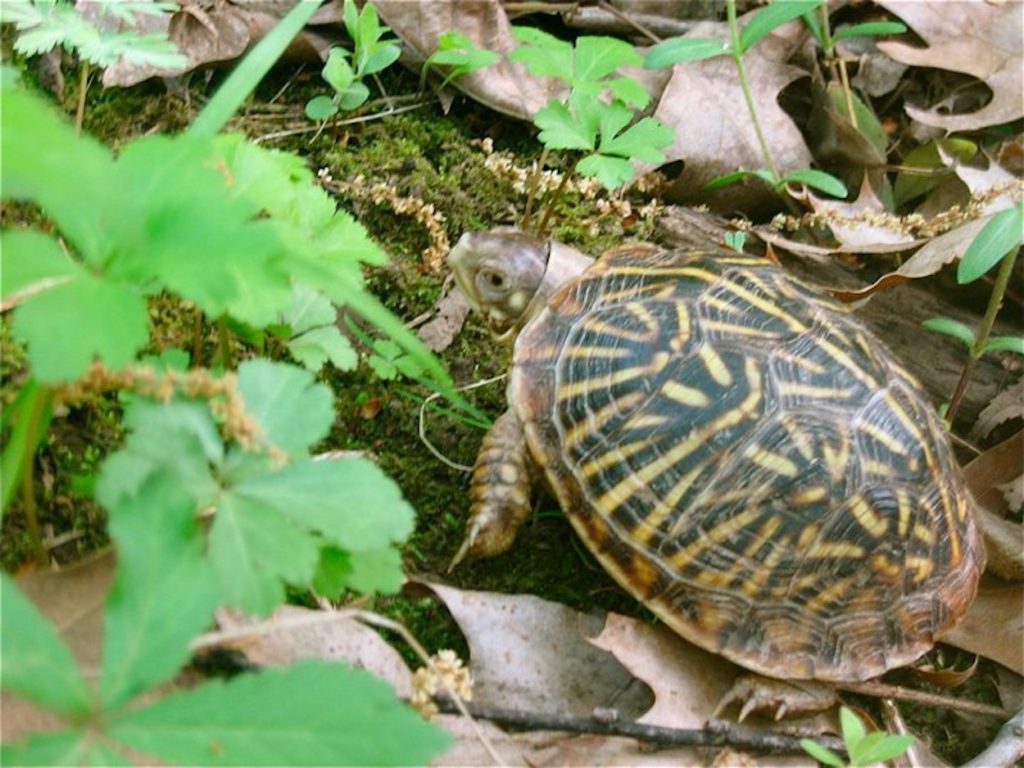About
Chipmunk
Chipmunks are omnivores, enjoying a wide variety of foods—nuts, berries, seeds, mushrooms, insects, lizards, baby birds, and bird eggs. They hibernate when winter arrives, but not in the traditional sense. Chipmunks do not sleep throughout the winter. They wake up and survive off of the stores of food they brought back to the burrow before winter set in.
Most chipmunks emerge from their winter burrow in March, just in time for mating. Two to five babies are born in April or May, and second litters can come in September or October.
Baby chipmunks – To rescue or not to rescue
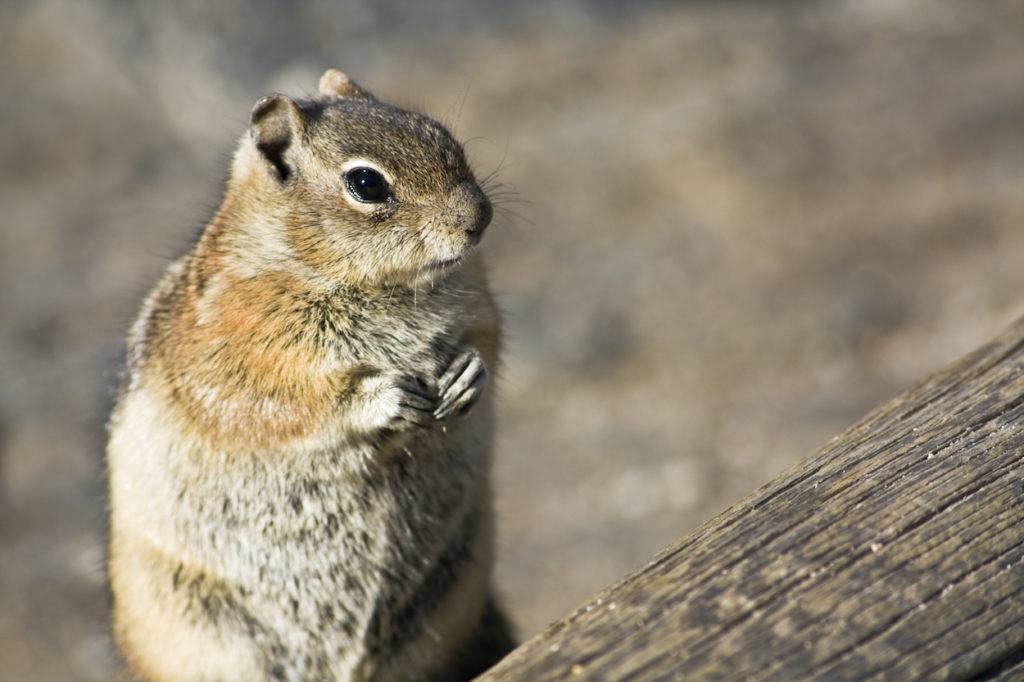
Locate a nearby den
If you find a baby chipmunk, look around closely to locate a nearby den. You will need a pair of gloves, preferably leather, but heavy winter will work.
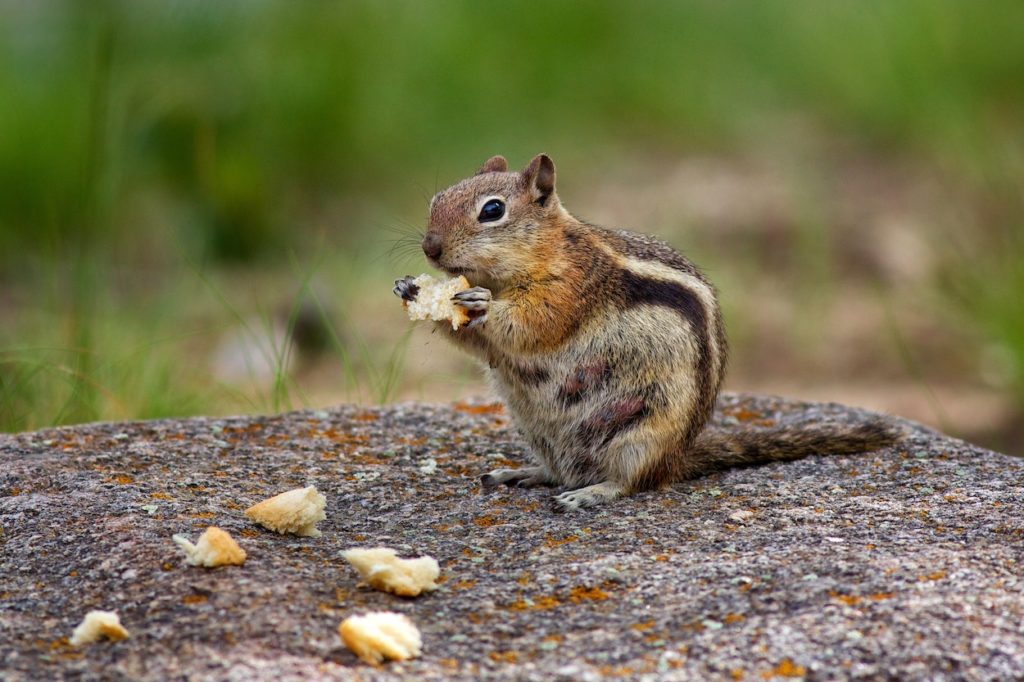
Scoop it up with a towel
Take a small towel or washcloth outside with you and cover the chipmunk while you scoop it up in the towel. Chipmunk holes are approximately two inches in diameter.
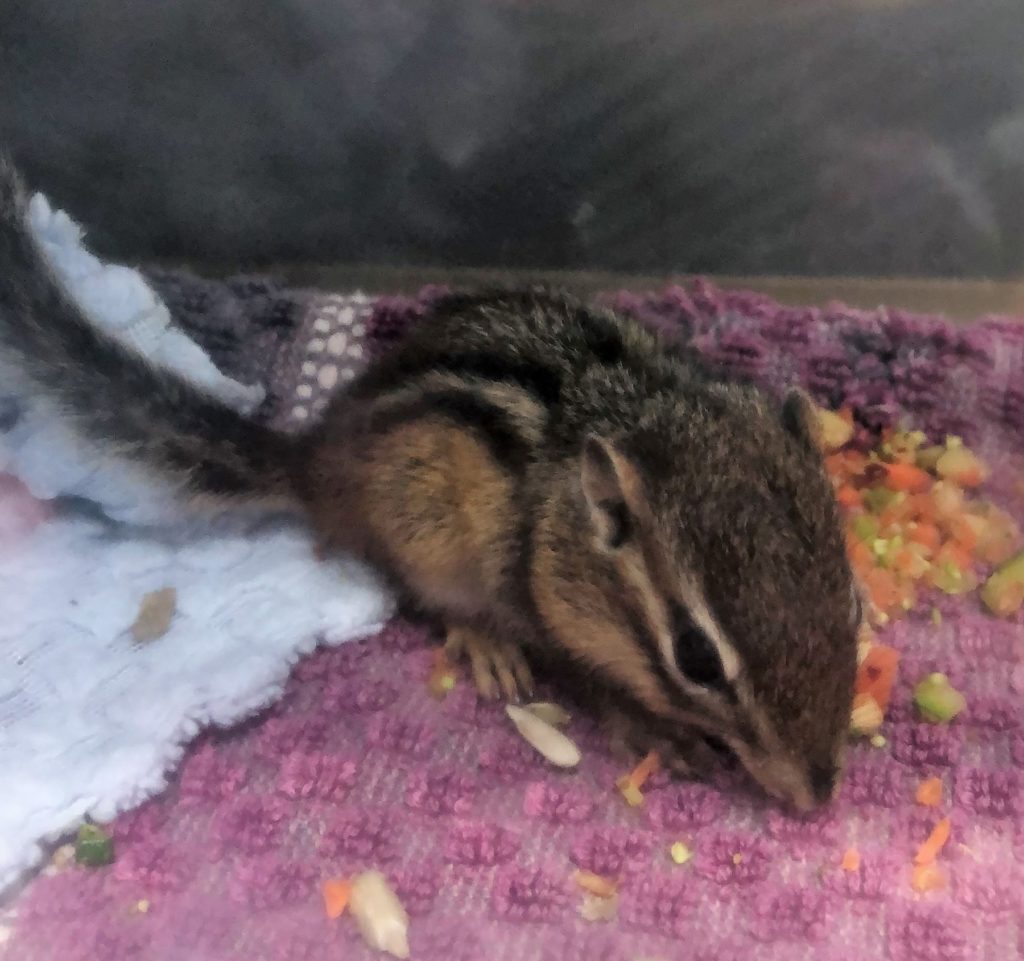
Place the baby by the hole
Locate the hole and place the baby at the entrance for mom to retrieve. If the baby doesn’t disappear in two to three hours, contact OWL. Do not care for on your own. They need very specific care.
Caught by Pets
Cats
Cats have mouths full of bacteria that will kill a chipmunk in a short time. All wild animals caught by a cat need to be brought in for medication and rehabilitation, even if you can’t see wounds.
Dogs
If a dog brings you an animal, bring it in immediately. Dogs have powerful jaws that can create crushing injuries.
Signs of Injury
If you notice any of these issues, contact OWL as soon as possible:
- Tiny, hairless, and out of the den.
- Cold and lethargic.
- Covered with fleas, ants, ticks, or flies/flystrike (looks like small clusters of rice anywhere on the baby).
- Dehydrated (see Pinch Test).
- Has been fed any kind of formula, milk, sugar, honey, or egg yolk.
- Has been in a cat or dog’s mouth.
- Broken limb, cuts, or bruises.
- Head tilt.
- Bleeding.
- Unable to stand or move without falling over.
Common Concerns
- 1 tbsp castor oil
- 1 tbsp liquid dish soap (like Dawn)
- 6 tbsp water
- Mix oil and soap in blender until mix has the consistency of shaving cream.
- Add water and blend again.
- In watering can, mix 2 tbsp of this mix with two gallons of water.
- Use watering can to spread the mix can over yard and area where moles/chipmunks/squirrels are seen
- If possible, apply this mix right after a good rain so it soaks into the ground well.
Chipmunks are busy chewers. To discourage this behavior, try the repellents mentioned above. Cayenne pepper and hot sauce work just as well—chipmunks are extremely sensitive to spices.
The First Treatment for Shock or Injury: Warm, Dark, and Quiet
If you need to bring an animal into OWL, the most important thing you must do is to keep them warm and quiet.
Container
Put in a shoebox or other small container with several small air holes in the lid and a small non-terrycloth towel, fleece cloth, or t-shirt in the bottom. Tape the lid to keep secure.
Heating Pad
If you have a heating pad, set to low and place the box half on/off the pad, so the animal can move away from the heat if they need to. OR
Rice Bag
You can also fill a sock or knee-high pantyhose with uncooked dry rice. Microwave the rice-filled sock for 30 to 60 seconds. This heat source will last about 20 to 30 minutes. Place the rice sock in the container under the towel, and place the animal on or near it, but not directly in contact with the rice sock. OR
Ziploc bag
Fill a Ziploc bag with warm (not hot) water, put it inside another Ziploc bag, and place under the towel next to the animal. The double bag guards against leaks and prevents the animal from getting wet and chilled.
Food/Water
Do not feed or give it anything to drink. The wrong foods can quickly cause enteritis (diarrhea) and death. Keeping the animal warm is more important than feeding it.
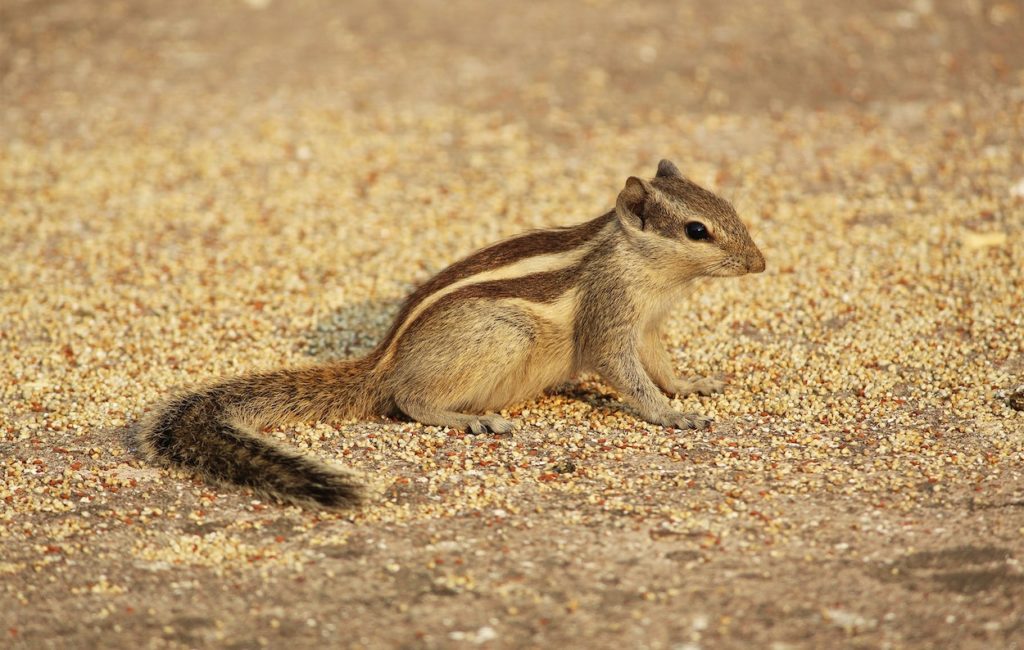
What to do
Chipmunks living under a porch, driveway, flower box, or retaining wall
During spring/summer/fall, use simple deterrents to encourage these little ones to move on. Wait until winter is over before trying to evict chipmunks. All these ideas have been helpful in relocating chipmunks:
- Moth balls—DO NOT USE IF YOU HAVE PETS, CAN BE TOXIC IF EATEN
- Repellents such as Tree Guard or Ropel. These be purchased at home and garden stores. They apply easily and the animals dislike the taste/smell. They must be regularly reapplied, especially after rain, and can become costly.
- Ammonia-soaked rags placed near the hole. (NEVER INSIDE!)
- Cat feces near the burrow hole.
- Remove anything that will cause them to come back. Bird feeders, nesting and roosting boxes, ponds and fountains that house lizards and frogs, and compost heaps can all attract chipmunks. When attempting to evict a chipmunk, at least temporarily remove the attractions as well.
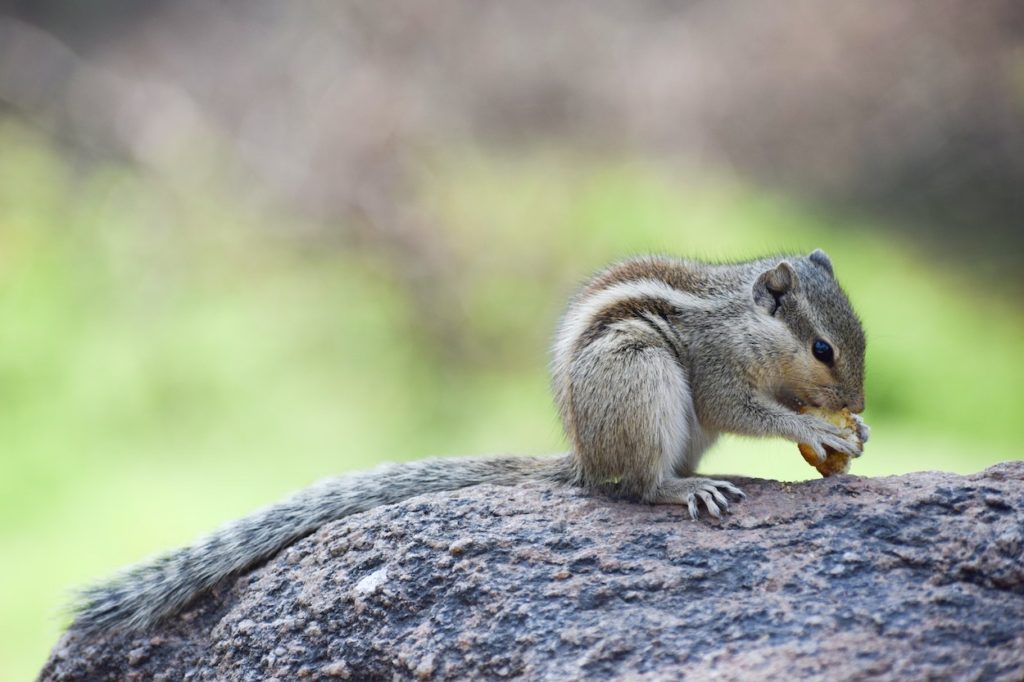
Contact Operation WildLife for help.

